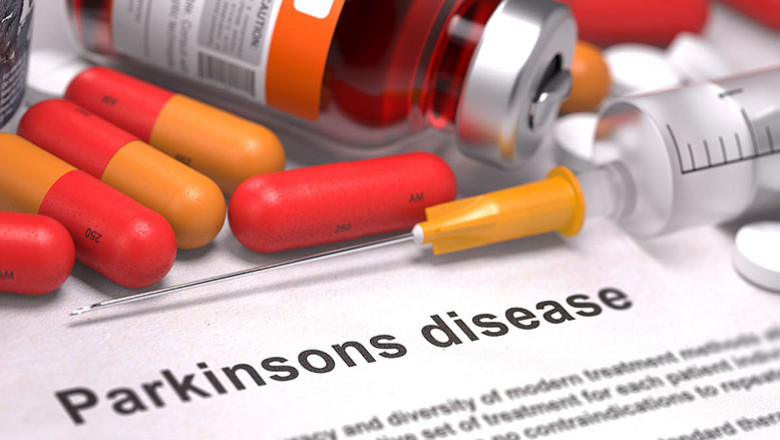views
In the lab, researchers have been able to turn stem cells into dopamine-producing neurones and then transplant them into animal models exhibiting Parkinson-like symptoms. These investigations have revealed notable motor function enhancements and indicated that the new cells can start generating dopamine and fit into the existing brain structure.
These findings motivate several early-stage human clinical trials to run globally. These studies mainly aim to assess the safety and viability of stem cell transplantation in people. Sometimes, individuals have said they need fewer conventional drugs, fewer symptoms, and better motor skills. The information is very early, though, and studies warn that any adverse effects and long-term results are not yet completely known.
One of the main difficulties in stem cell therapy for Parkinson's disease is ensuring that the transplanted cells not only survive but also operate properly over time. New cells may find the complicated surroundings of the brain hostile; immunological rejection is a major concern. Moreover, scientists have to precisely regulate stem cell differentiation to prevent the chance of tumour development or unintentional brain cell types forming. The success of this developing therapy depends on all three factors: delivery accuracy, patient selection, and post-operative monitoring.
Knowing the Science Underlying Stroke and Stem Cells
A stroke, whether ischaemic or hemorrhagic, causes the abrupt death of neurones and supporting cells in particular areas of the brain. Especially with significant damage, the human brain has little capacity for self-repairing. Stem cell therapy's promise starts to matter here. Like any other cell, stem cells can self-renew and differentiate into specialised cell types, including neurones, glial cells, and other vital nervous system components.
Typically originating from bone marrow or adipose tissue, mesenchymal stem cells are one such example; they are well known for their capacity to lower inflammation and release growth factors helping brain regeneration. Conversely, neural stem cells can naturally become neurones and fit into current brain networks.
Research Developments and Clinical Trials
Several early-stage clinical trials looking at the safety and effectiveness of stroke stem cell treatment are now bridging the gap between theoretical research and clinical application. Patients in these studies are typically given stem cells either intravenously, intra-arterially, or directly into the stroke-affected brain tissue. Initial findings have proven encouraging, with slight increases in cognitive abilities, communication, and motor capabilities. In certain situations, people who had plateaued with traditional treatments claimed fresh advancement after stem cell delivery.
Conclusion
The investigation of parkinson's disease stem cell treatment is a paradigm change in stroke rehabilitation. While conventional approaches seek to compensate for lost function, stem cell therapy provides the chance to address the damage at a cellular level.






















Comments
0 comment